Where To Winter Wander - Filey Brigg
In part four of his Where to Winter Wander series, Mark takes us to Filey Brigg and Bay, a magical place to enjoy the great outdoors in the winter.
I may be just a little biased, but for an (arguably) unrivalled winter wander on the Yorkshire coast, there's nowhere quite like Filey. With miles of sandy beach stretching off towards the towering cliffs of Bempton to the south and the bay corner and Brigg beckoning you to the north, either direction will lead on to fine walk - but for a wider variety of birds and wildlife, we'll head for the latter.
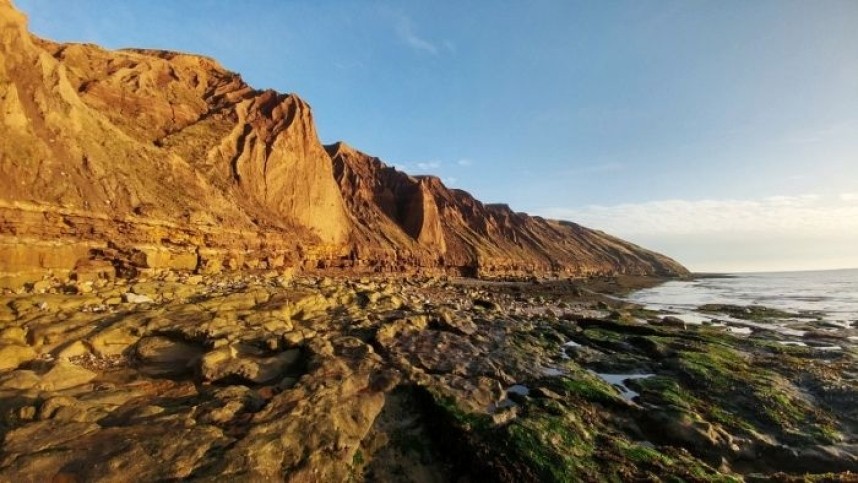
Firstly, decide how far you'd like to go. If you're going out along the side of the Brigg and onto the rocky, intertidal promontory itself, the route is slippy, and if you want to access the end of the Brigg, it also requires a short section of light 'clambering' over rocks, and is therefore not suitable for anyone with mobility issues. Try going as far as you feel comfortable, because, as we'll see, much of the wildlife can be enjoyed without going too far along.
Secondly, be sure of your tides: not just for accessing the main part of the Brigg, but also to ensure you have enough time to enjoy yourself and make it back safely. Ideally, heading out on a receding tide means you effectively don't have to worry about such things; otherwise, make your way off a good two to three hours before high tide (see local notices at both access points for accurate details).
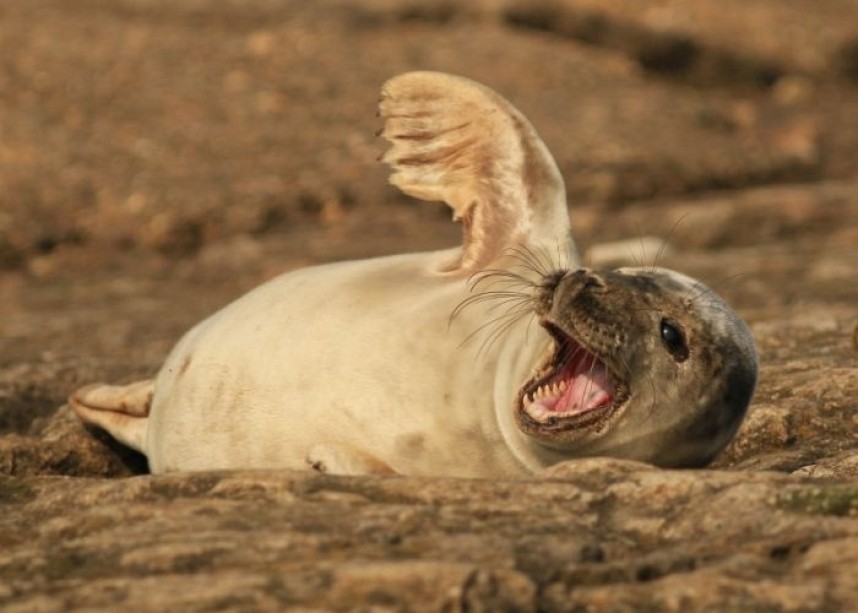
Initial access is easy (and parking is free) in winter, either via the Coble Landing on the seafront or down the slope at Arndale (opposite the cafe on the Country Park), and it's a short walk along the beach to the bay corner, with the Badlands-style outcrops at the base of Carr Naze above you.
Pause on the shoreline here, and check the open water carefully for various species - there are plenty of possibilities! Cormorants and Shags are often present, as are various gull species - look out for a rarer winter visitor like a Glaucous or Iceland Gull, or a dainty Little Gull dip-feeding among the Black-headeds - and by February, a few more Guillemots and Razorbills are usually in the bay (although it'll be a while before most return for the start of the breeding season).
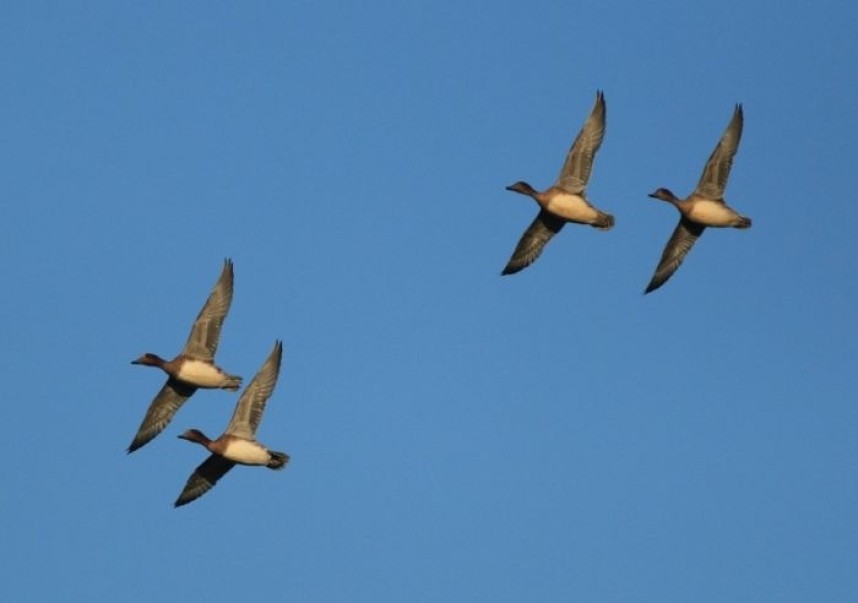
Ducks are scarce, but small numbers of Common Scoter and Eider are not unusual, and Wigeon and Teal often form loafing flocks. Look carefully for scarcer species, too - Long-tailed Duck, Red-breasted Merganser and Velvet Scoter are all annual in small numbers here, and rarities such as Surf Scoter are not unheard of!
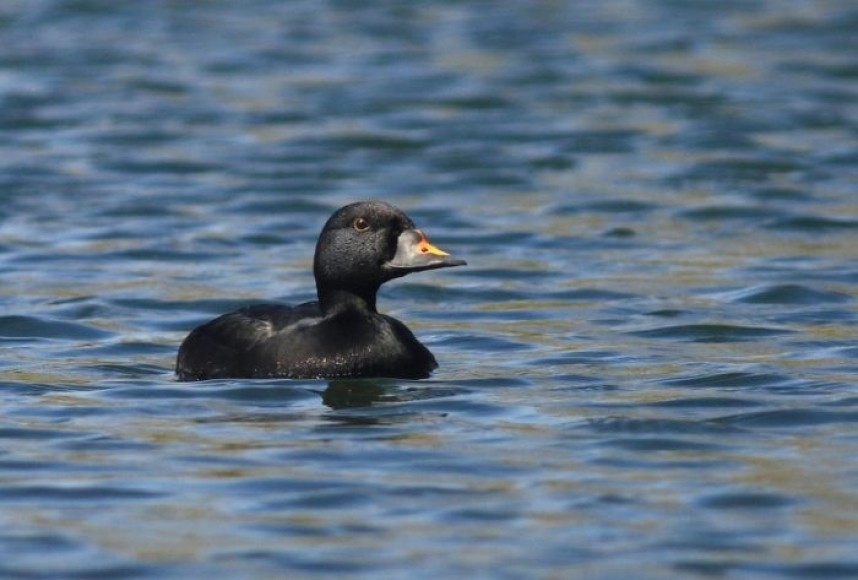
Grebes and divers are also well worth looking out for. Of the former, Great Crested are regular in small numbers, and as the winter goes on, so numbers can build; Red-necked is rare, however, and Slavonian rarer still. Of the divers, you'll be unlucky not to see a few Red-throated either here or off the Brigg, and a real local speciality in recent times is Great Northern. At least one or two could well be close inshore, and up to five congregate in the area in the late winter. Black-throated, however, are far rarer.
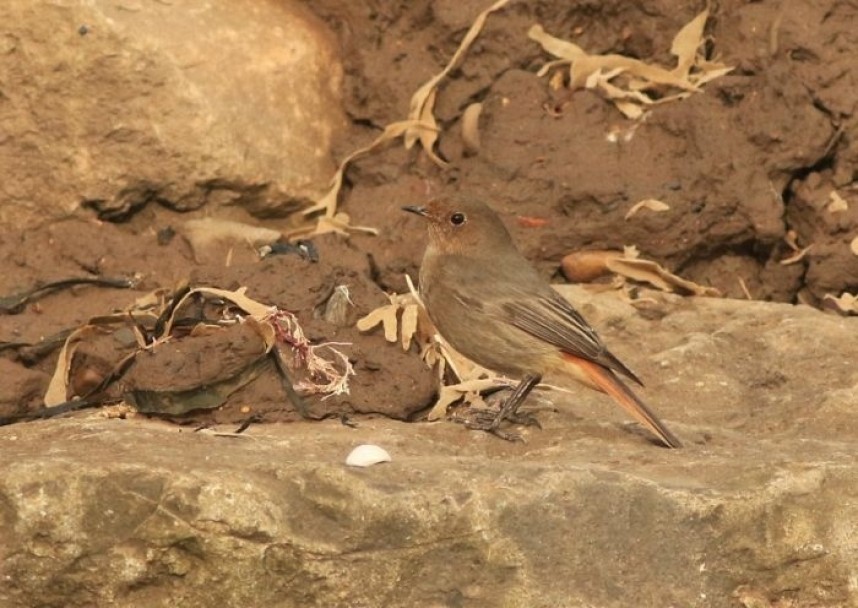
Depending on conditions, and if it's reasonably sheltered, check the corner and the low level rocky outcrops behind you for easily-missed passerines feeding on insects - Stonechats are particularly fond of this area, as are Pied and Grey Wagtails, and if you're lucky, you may even bump into a Black Redstart (this being probably the best spot in the area to look for them).
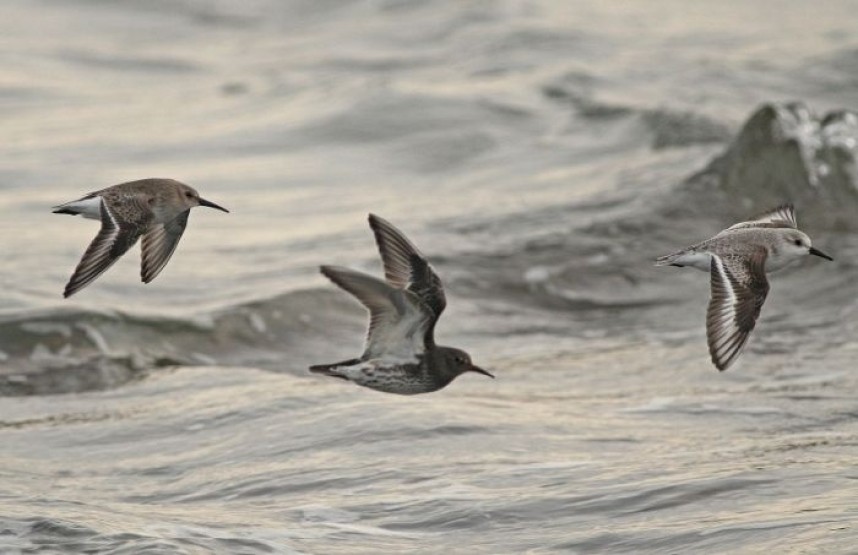
And then there's the inter-tidal zone in front of you, which stretches along the southern flank of the cliffs and continues out onto the Brigg end. The mix of feeding habitats in a small area here - sandy beach, rockpools, exposed mud, and seaweed-strewn rocky plateaux - is a fantastic place to get great, close views of various waders.
When the beach is exposed, Sanderlings can be found racing along the tideline like clockwork toys, retreating to the safety of the Brigg when the tide is in; Turnstones love the seaweed-covered areas from the bay corner onwards, and often keep the company of a local speciality, the Purple Sandpiper. Purple Sands are not as common as they once were, but are still quite numerous, and this can be a great place to get really close to them; like many of their relatives, they're seasonal visitors that spend the winter with us before returning to the wilds of the Arctic tundra in spring.
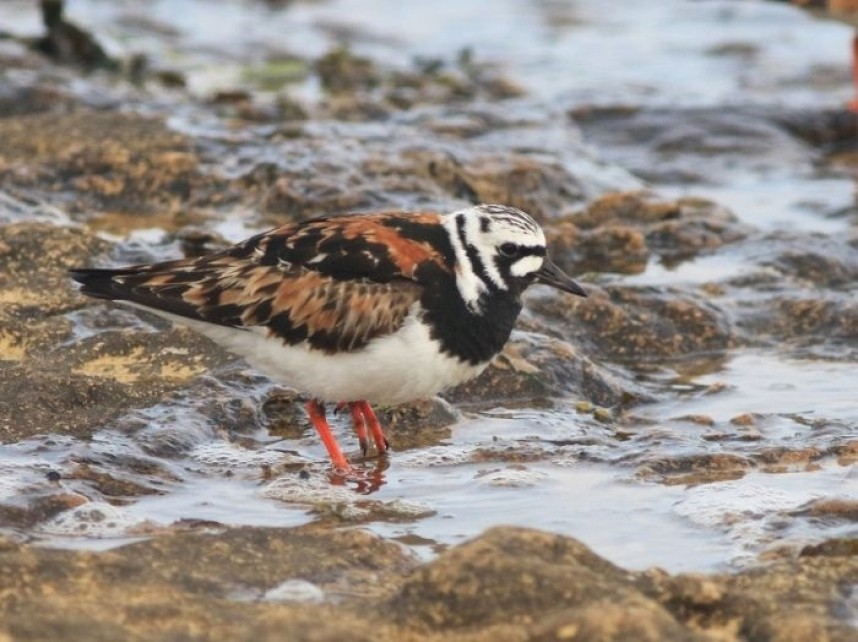
Of those relatives, there are various other wader species you may well encounter either here or further along the shoreline - Redshanks, Dunlins, Curlews, Knot and (especially) Oystercatchers are regulars, again often at very close quarters, and again often also along the shoreline and on the Brigg itself.
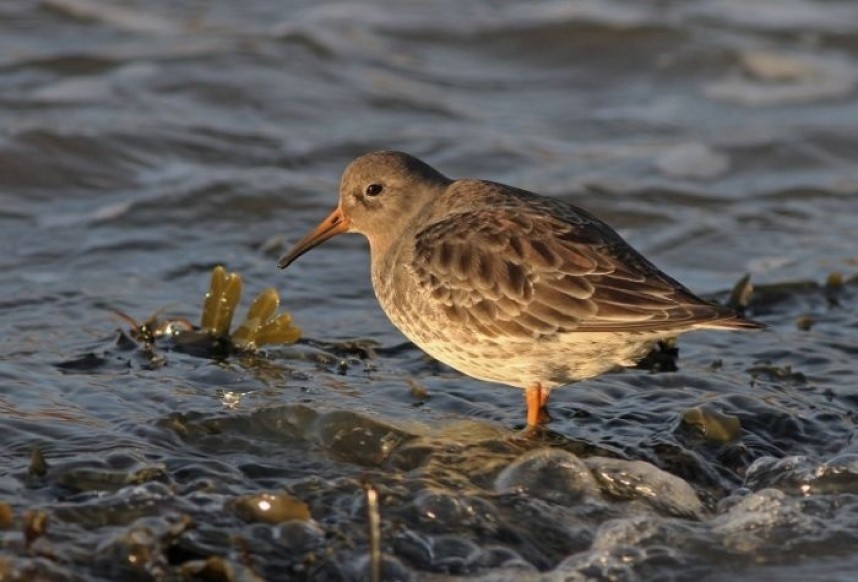
It's not all birds, of course - even in the winter, marine mammals are around. You may very well come across Grey Seals, either bobbing their heads out of the water, or if you're lucky, hauled out on the Brigg itself; if you do find one chilling out of the water, be sure to give it lots of space (and an easy escape route back into the drink). Common Seals are much rarer, but do occur fairly regularly, while Harbour Porpoises are often a feature of the sea on the northern side of the Brigg.
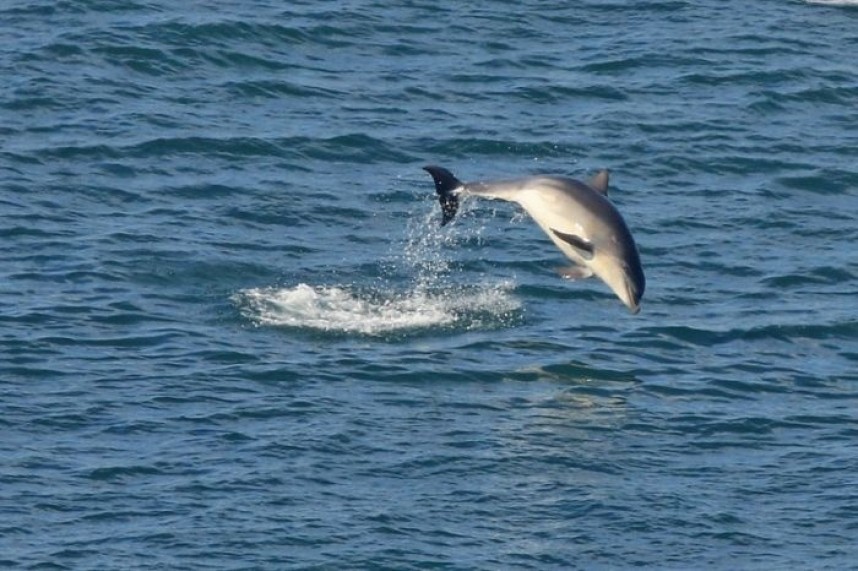
To the amazement of many, you're also in with a chance of seeing Bottlenose Dolphins. Almost unheard of earlier in the century, their status on the Yorkshire coast has changed immeasurably in recent years, and where word of them would once have caused great excitement, they're now a regular sight - even in winter!
If you're able to venture right out onto the Brigg, you'll have multiple chances to see all the aforementioned species, with waders in particular being fond of the very end, and also the rocky plateaux on the north side, at lower tide. It's also here where, because of the wider panorama and the more open environment, that you're arguably more likely to come across a wider variety of seabirds.
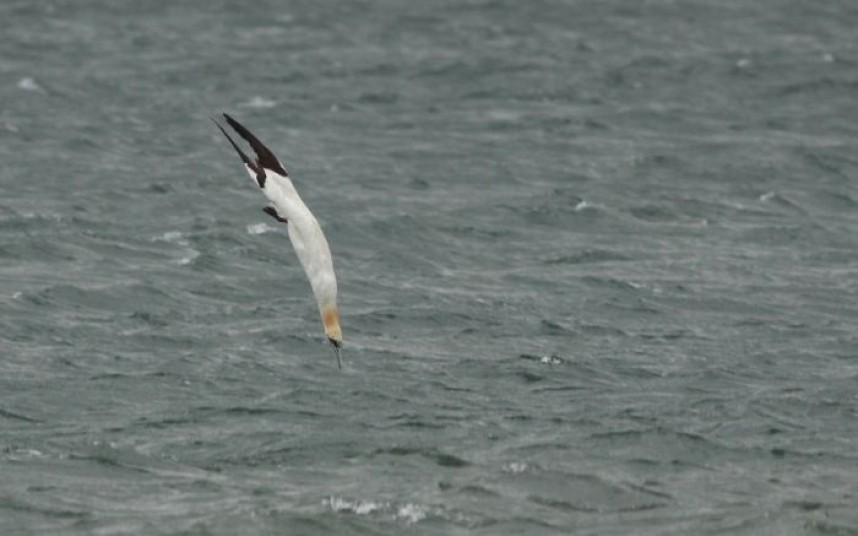
Fulmars and Gannets will be present in steadily increasing numbers as their (earlier, longer) breeding seasons approach at local colonies, and auks - particularly Guillemots and Razorbills - will also be starting to make more regular appearances. Red-throated Divers are often present in good numbers here, too, and seaducks may be loitering with intent anywhere around the Brigg.
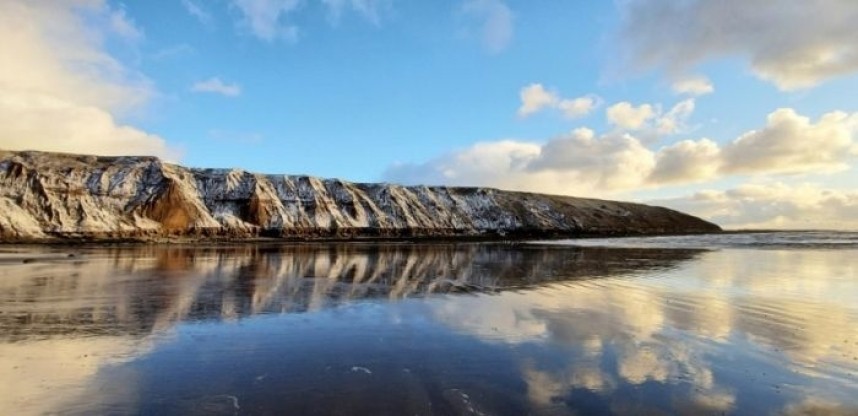
Again taking tide times into account, I'd recommend spending as long as you can out on the further reaches of the Brigg - not only to increase your chances of great bird and wildlife experiences, but also just to soak up the scene unfolding around you - there's nothing like the waves and the wonderful panorama to soothe a cluttered mind. Free natural therapy awaits!
YCN Birding and Wildlife Guide
To book Mark as your bespoke guide here or at other locations, just call Richard Baines 07747753260 or email richard.baines@yorkshirecoastnature.co.uk



 Back to Blog
Back to Blog
